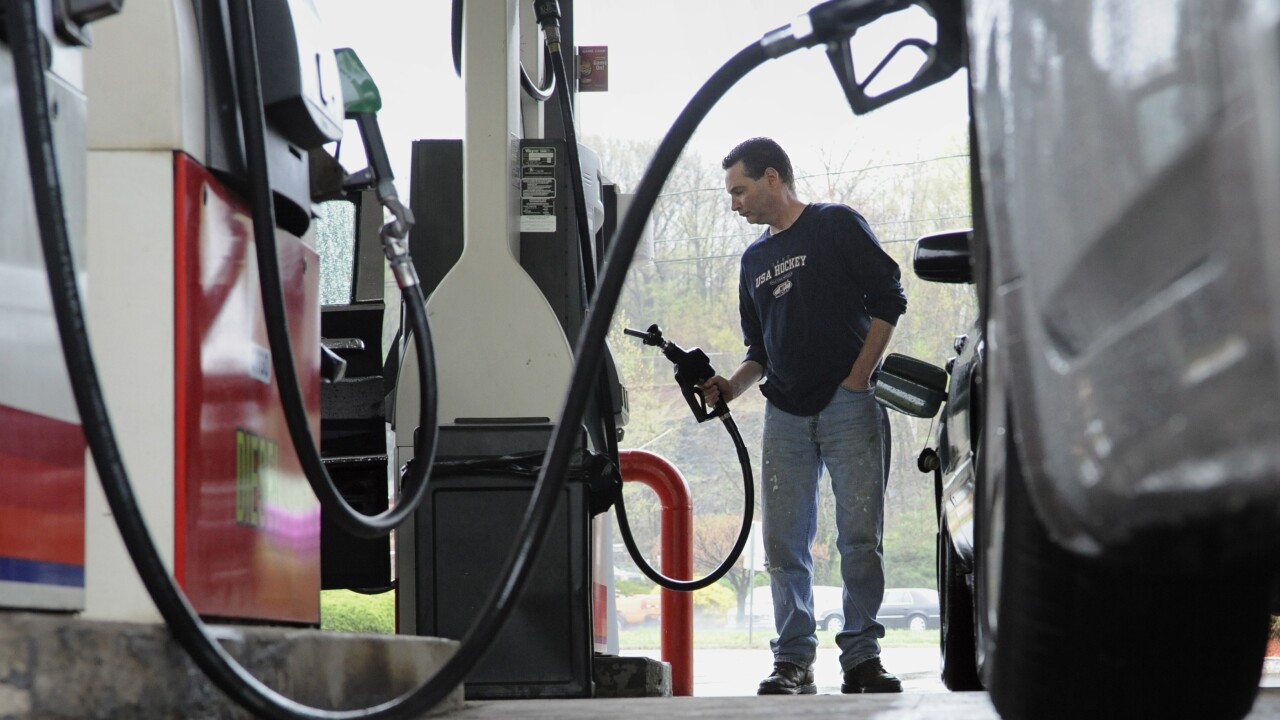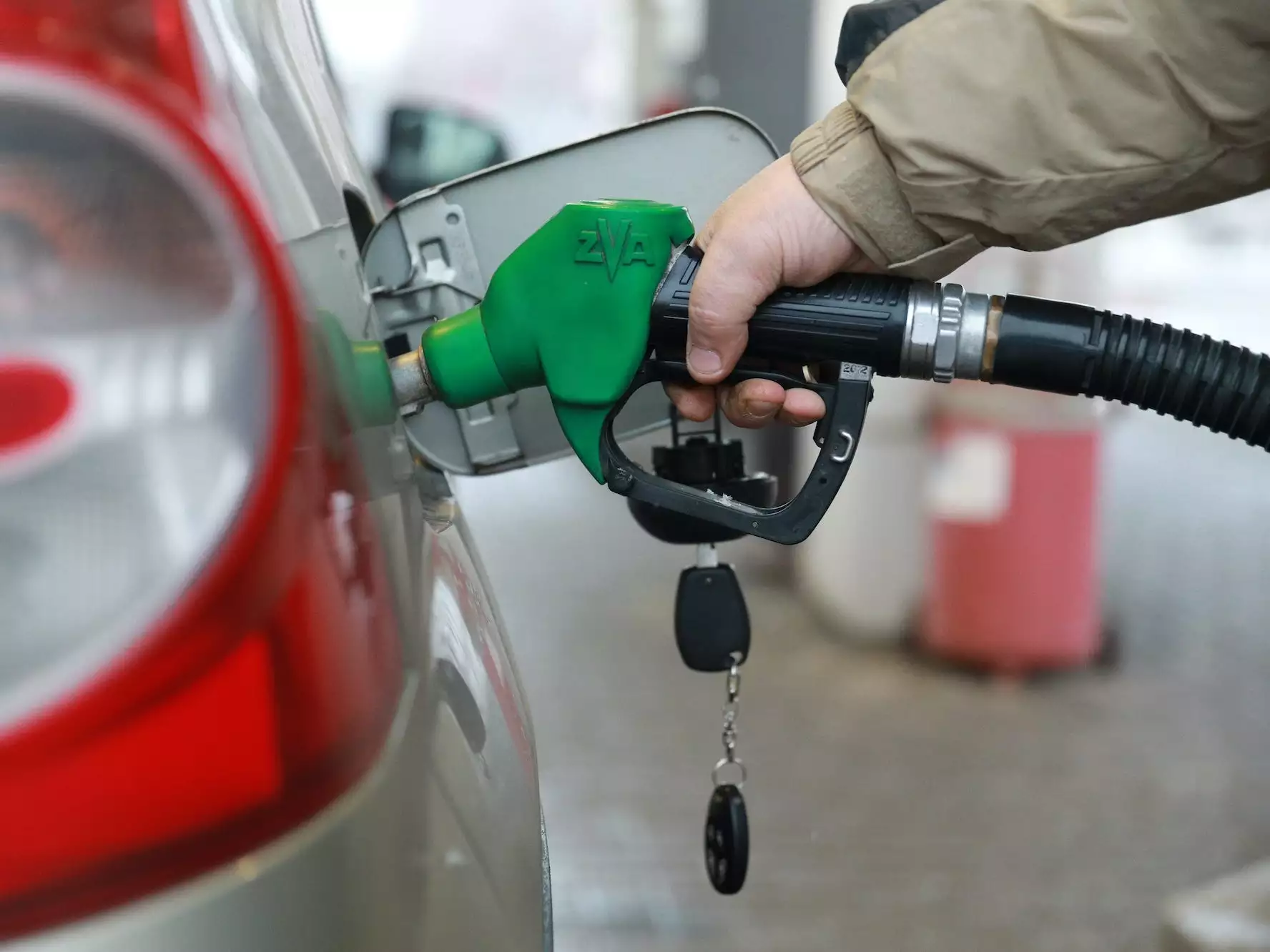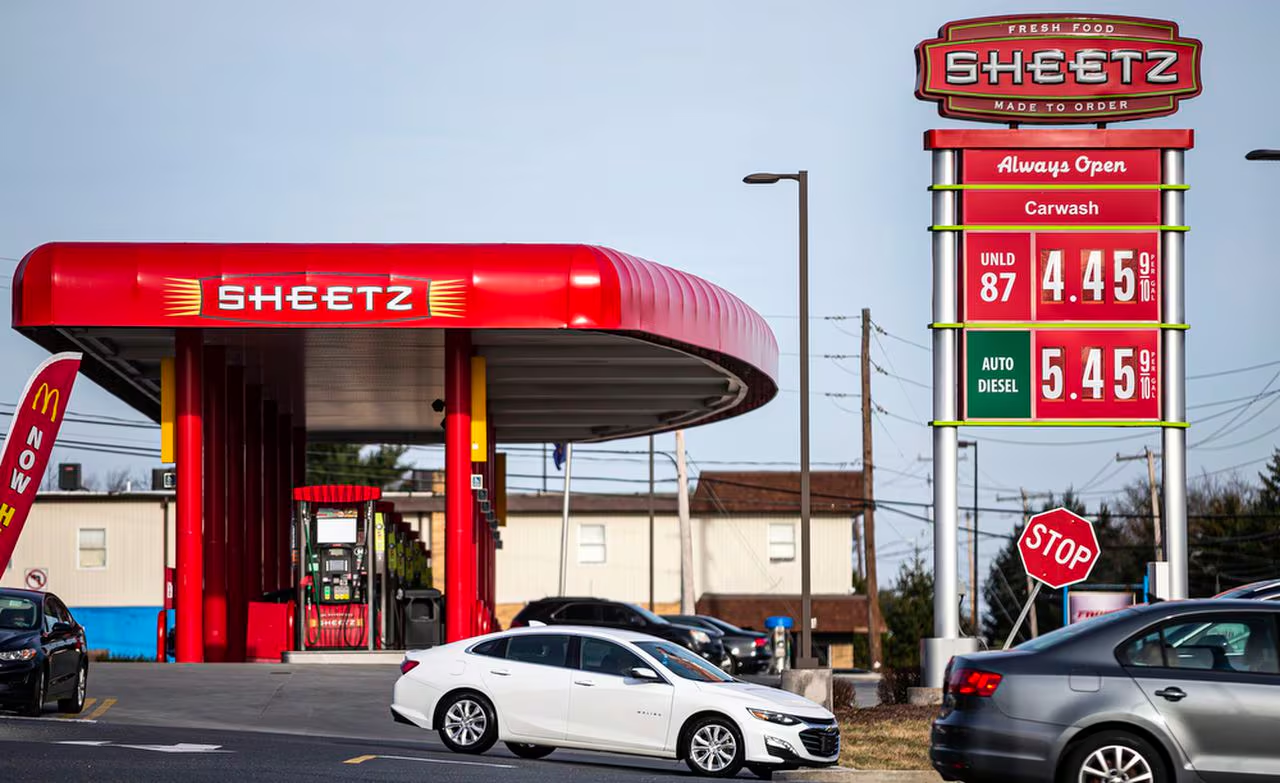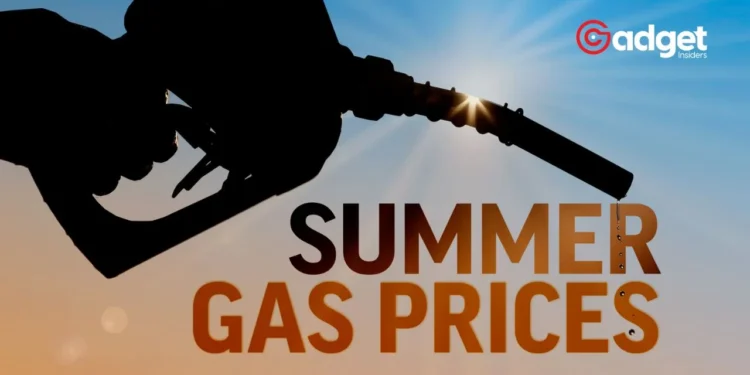Gasoline To Be Priced at $5-a-Gallon Soon. As we welcome the warmth and adventure of summer, many families are eagerly planning their vacation getaways to picturesque destinations like Maine, Yellowstone National Park, Niagara Falls, the Great Lakes, or the enchanting Walt Disney World. The anticipation of these trips often brings a sense of excitement and joy.
However, this year, travelers might need to brace themselves for an additional expense that could dampen the summer spirit: the looming shadow of $5-a-gallon gasoline.

The Fuel Price Surge: What’s Driving It?
The recent surge in gasoline prices has caught many by surprise, but a closer look reveals a complex web of factors contributing to this rise. Central to this scenario is the significant uptick in oil prices.
West Texas Intermediate (WTI), a key benchmark for U.S. crude oil, has been flirting with the $87 mark per barrel, while Brent crude, the international standard, has crossed the $91 threshold. These figures represent a substantial increase from the previous year, with gains of 21.3% and 18.3%, respectively.
Get ready for $5-a-gallon gasoline https://t.co/ZEfDdT51oB
— Body Of Christ Church – Elk Grove (@boccelkgrove) April 9, 2024
But what’s behind this steep climb in oil prices? Several geopolitical and economic factors are at play:
- Middle East Tensions: The situation in the Middle East, particularly involving Iran and its threats of retaliation against Israel and the United States, remains tense. Following an Israeli attack in Damascus, which resulted in the death of two Iranian generals, Iran has hinted at possible closures of the Strait of Hormuz. Such a move could significantly disrupt oil shipments to Europe and beyond, adding pressure to global oil supply chains.
- Global Supply Disruptions: Beyond the Middle East, Russian oil refineries have faced attacks, and maritime routes have been threatened, further straining the global supply of oil.
- OPEC’s Strategy: The Organization of Petroleum Exporting Countries (OPEC), along with its allies (OPEC+), has been trimming output in a bid to push prices higher, a strategy that seems to be paying dividends.
- Increased Demand: The global economy’s continued recovery has led to a rise in demand for gasoline and other petroleum products, adding fuel to the price surge fire.
The Impact on Your Wallet and the Economy
The prospect of $5-a-gallon gasoline is not just a theoretical exercise. In some parts of the United States, such as California’s Mono County, prices have already surpassed this mark, reaching upwards of $6.05 a gallon.
This spike in fuel costs is not merely an inconvenience for summer travelers; it’s a significant economic pressure point for many American families.

Analysts have been closely monitoring the situation, with projections suggesting that crude oil prices could soar beyond $100 a barrel in the coming months.
Such an increase could have far-reaching implications, potentially triggering a slowdown in economic growth or even a recession, as increased costs ripple through various sectors of the economy.
Navigating the Price Hike: Tips for Consumers
With the prospect of rising fuel costs, consumers are advised to plan their travel budgets carefully. Here are a few tips to consider:
- Fuel Efficiency: Opt for vehicles that offer better mileage, and plan your routes to minimize unnecessary driving.
- Public Transportation: Whenever possible, use public transport or carpooling options to save on gas.
- Budgeting: Allocate a larger portion of your vacation budget to cover fuel costs, ensuring that you’re prepared for any price hikes.

Gasoline: Looking Forward
As we edge closer to the peak summer travel season, the shadow of rising gasoline prices looms large. While the situation might seem daunting, understanding the factors at play and planning accordingly can help mitigate the impact on your summer plans.
Whether it’s exploring alternative destinations closer to home or adopting more fuel-efficient travel practices, there are ways to ensure that the joy of summer adventure remains undiminished.










